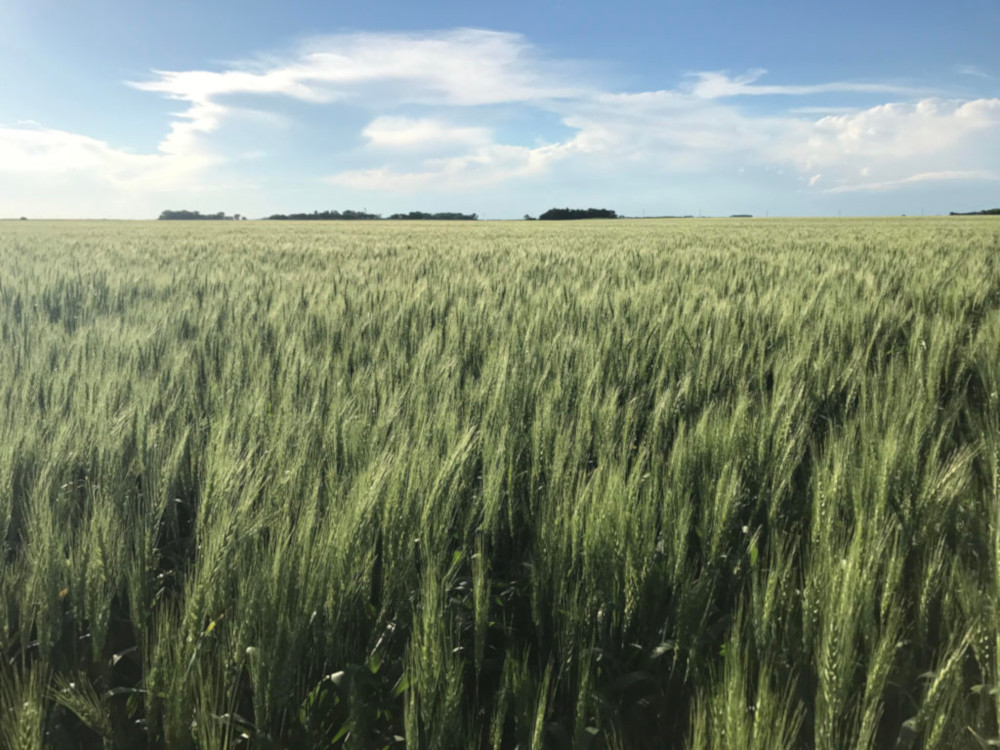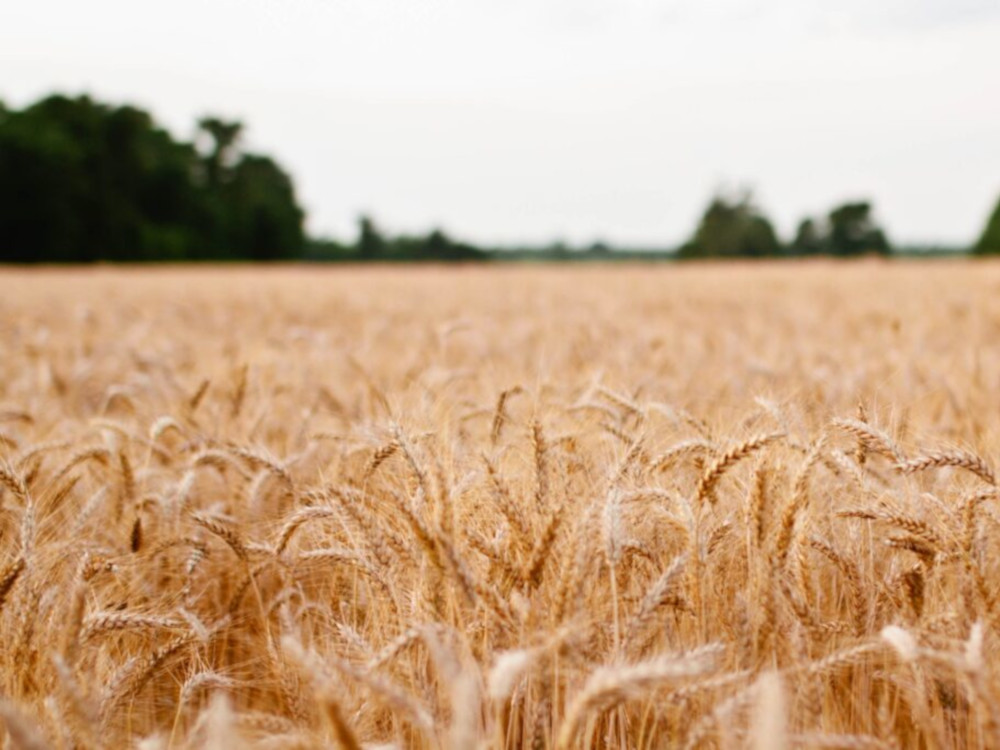Minnesota Crop News
Weekly Digest – June 16, 2022

Small Grains Disease Update 06/09/2022
I now also found tan spot on some of the earliest seeded spring wheat. In this case, it was at one of the on-farm trial locations and some of the varieties in the trial were not only showing tan spot but also turned very pale to almost yellow. Early infections of tan spot can indeed turn susceptible varieties yellow as the young seedlings respond almost systematically rather than just locally to the toxin that the tan spot fungus produces.
Read the blog post
 Upcoming plot tours for small grain farmers
Upcoming plot tours for small grain farmers
Are you interested in learning more about managing wheat, barley, rye, triticale or oats? Attend a free, in-person Small Grain Summer Plot Tour and see up to 180 varieties in the field, learn with hands-on demonstrations, and ask questions of UMN experts.
 Strategic Farming: Field Notes discussed prevent plant and late planting decisions
Strategic Farming: Field Notes discussed prevent plant and late planting decisions
On June 8, 2022, Dr. Seth Naeve, UMN Extension soybean agronomist and UMN Extension ag business management educator, Dave Bau, joined UMN Extension educators Liz Stahl and Ryan Miller for a discussion about how to objectively evaluate options for fields that haven’t been planted yet.
 Use FieldWatch to locate pesticide sensitive sites before spraying
Use FieldWatch to locate pesticide sensitive sites before spraying
Off-target movement of pesticides is a concern for crop growers and their neighbors. For example, herbicide drift can damage adjacent crops and ornamental plants. When pesticide treatments are needed on crop fields, it is important to be aware of sensitive sites in the area. This has become an even greater concern with increased use of growth regulator (Group 4) herbicides which can cause plant injury at extremely low rates.
 Small grains disease and pest update 06/15/2022
Small grains disease and pest update 06/15/2022
The risk model for tan spot indicates that about half the days this past week have been favorable for initial infections, meaning that the canopy stayed wet long enough and at the right range of temperatures to allow spores to germinate and infect the wheat plants. The risk has been higher further south and east. The forecasted heat will likely halt additional infections and slow down the existing infections.
 Bean leaf beetles in soybean: Biology and early season management
Bean leaf beetles in soybean: Biology and early season management
We are finding bean leaf beetles colonizing fields and feeding on soybean leaves. Bean leaf beetles had been uncommon in Minnesota soybean since the mid-2000s. However, over the last couple years, we’ve seen an increase in the abundance of this insect in western Minnesota, with some fields reaching economically significant infestations.
 Iron deficiency chlorosis in soybean: how can growers better manage IDC?
Iron deficiency chlorosis in soybean: how can growers better manage IDC?
In this episode of the Nutrient Management Podcast, we discuss iron deficiency chlorosis (IDC) and soybean nutrient management. What are our guests working on for research on IDC? Is there anything new out there for farmers to help manage IDC? With the late planting and dry conditions following last year’s harvest, are any impacts on IDC anticipated this year? What else should growers know about soybean nutrient management?
Upcoming crops events
- Strategic Farming Field Notes
- May 11 through the growing season, Wednesday mornings from 8-8:30 a.m.
- Field Days
- Agronomy Field Tour, June 21, SROC, Waseca
- Soybean gall midge scouting and management, early July, Rock County
- Rochester Weed Control Field Day, July 6, Rochester
- Crops & Soils Day, July 20, 2022, NWROC, Crookston
- Institute for Ag Professionals Field School, July 20-21, St. Paul
- Cover Crop Field Day: Setting up for Success, Aug 18, 2022, SWROC, Lamberton
- SWROC Pest management field day, August, Lamberton
- Crops Field Day, late August, RROC, Rosemount






